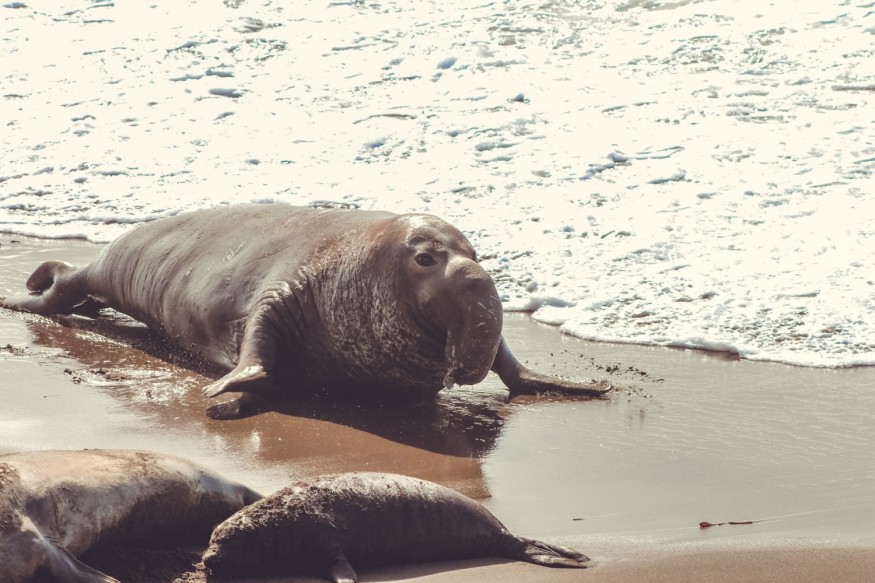Bird flu reached Antarctica earlier this year, with the first case of the bird-borne disease being reported on the brown skua population on Bird Island, located off South Georgia in the Antarctic region.
Now, the avian influenza virus has continued to infect mammals, resulting in mass elephant seal deaths in the icy continent.
Scientists have conducted tests and confirmed that bird flu deaths occurred at eight sites across the Antarctic, sparking fears of a looming major ecological disaster of modern times.
The continued threat of the bird flu virus came after hundreds of elephant seals, as well as fur seals, kelp gulls, and brown skua birds were found dead in multiple sites.
Health authorities confirmed cases as far as 900 miles west of South Georgia. It remains a mystery how the virus reached this remote part of the world.
However, before the bird flu outbreak in the Antarctic, the avian virus killed approximately 20,000 sea lions in South America, mainly in Chile and Peru.
Mass Elephant Seal Deaths

Mass elephant seal deaths have been reported in the Antarctic region after a high level of mortality has been detected among elephant seal pups at three sites around South Georgia.
Animals have shown symptoms that are consistent with the Highly Pathogenic Avian Influenza (HPAI). Particularly, the outbreak affects the southern elephant seal species (Mirounga leonine).
In a media release on November 20, the British Antarctic Survey acknowledged the first avian influenza case on Bird Island in October 2023, adding that the number of other HPAI cases in other animals have been reported to the Government of South Georgia and South Sandwich Islands.
Laboratory tests of brown skua and kelp gulls swabs were conducted in the United Kingdom by the Animal and Plant Health Agency, which found that the specimens tested positive for HPAI H5N1.
Antarctica Bird Flu
Amid the presence of the bird flu virus in the Antarctic, the Scientific Committee on Antarctic Research recently stated that HPAI is expected to cause dire repercussions on Antarctic wildlife and result to breeding failure and mortality events across the region.
Health experts say that even penguins are vulnerable to the bird-borne virus since they cluster together during the onset of the breeding season.
In addition, previous reported outbreaks in Chile, Argentina, and South Africa also show their vulnerability to the disease.
Bird Flu Cases
Bird flu, also called avian influenza, pertains to the disease caused by avian influenza Type A viruses, which natural spread among wild aquatic birds globally. The pathogen can also infect domestic poultry, as well as other bird and animal species, according to the Centers for Disease Control and Prevention (CDC).
Since the current global avian influenza outbreak, which started in 2021, it has been estimated that the bird flu virus killed millions of wild birds, including in the Americas, Europe, the UK, and South Africa.
The most common bird flu symptoms are cough, sore throat, fever, and fatigue, the CDC said.
© 2025 NatureWorldNews.com All rights reserved. Do not reproduce without permission.

